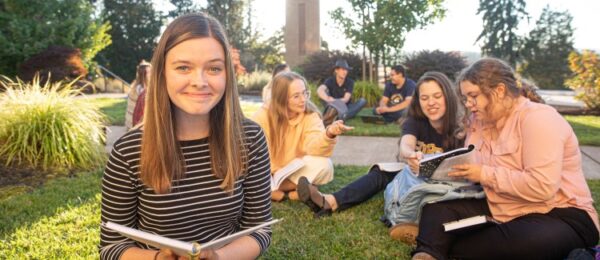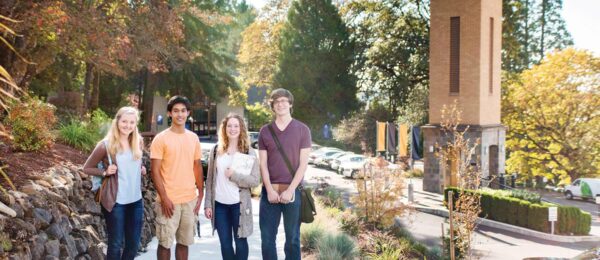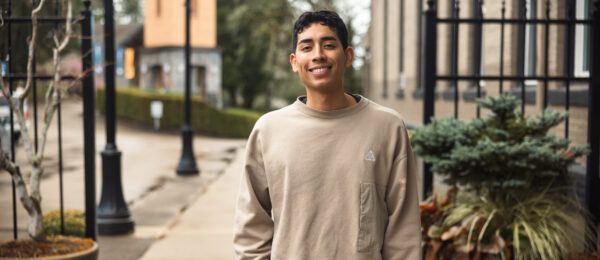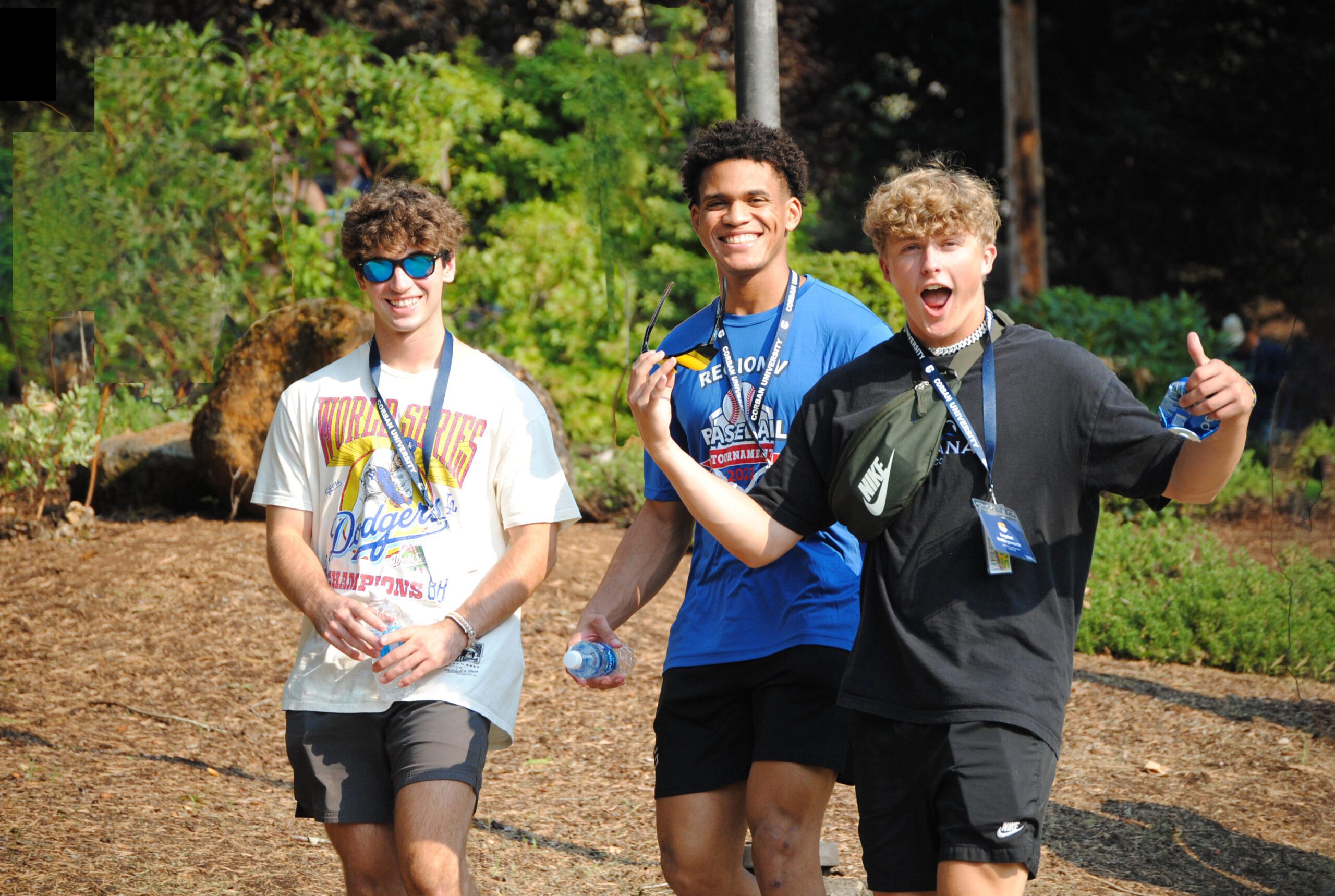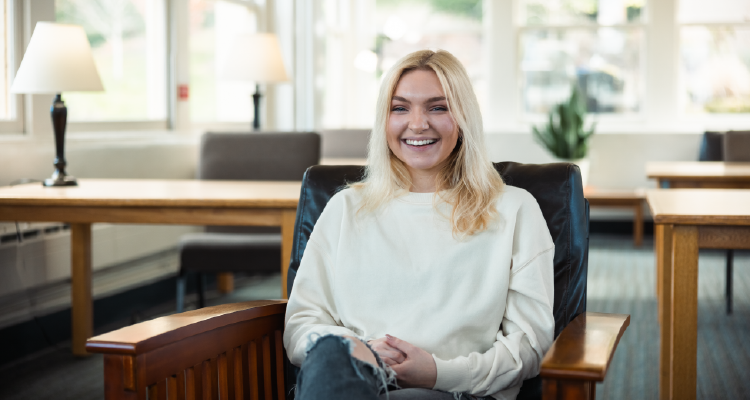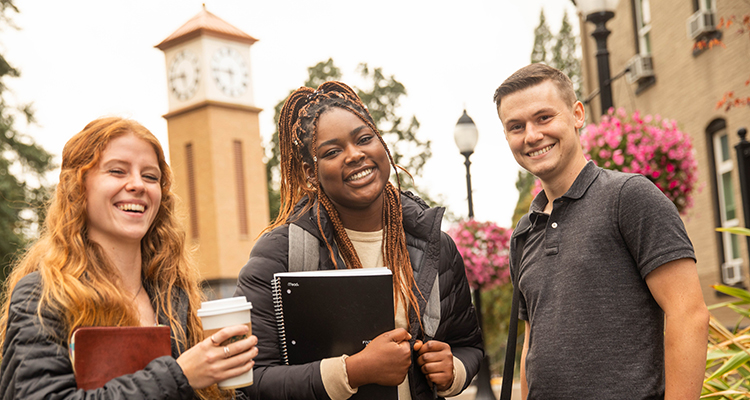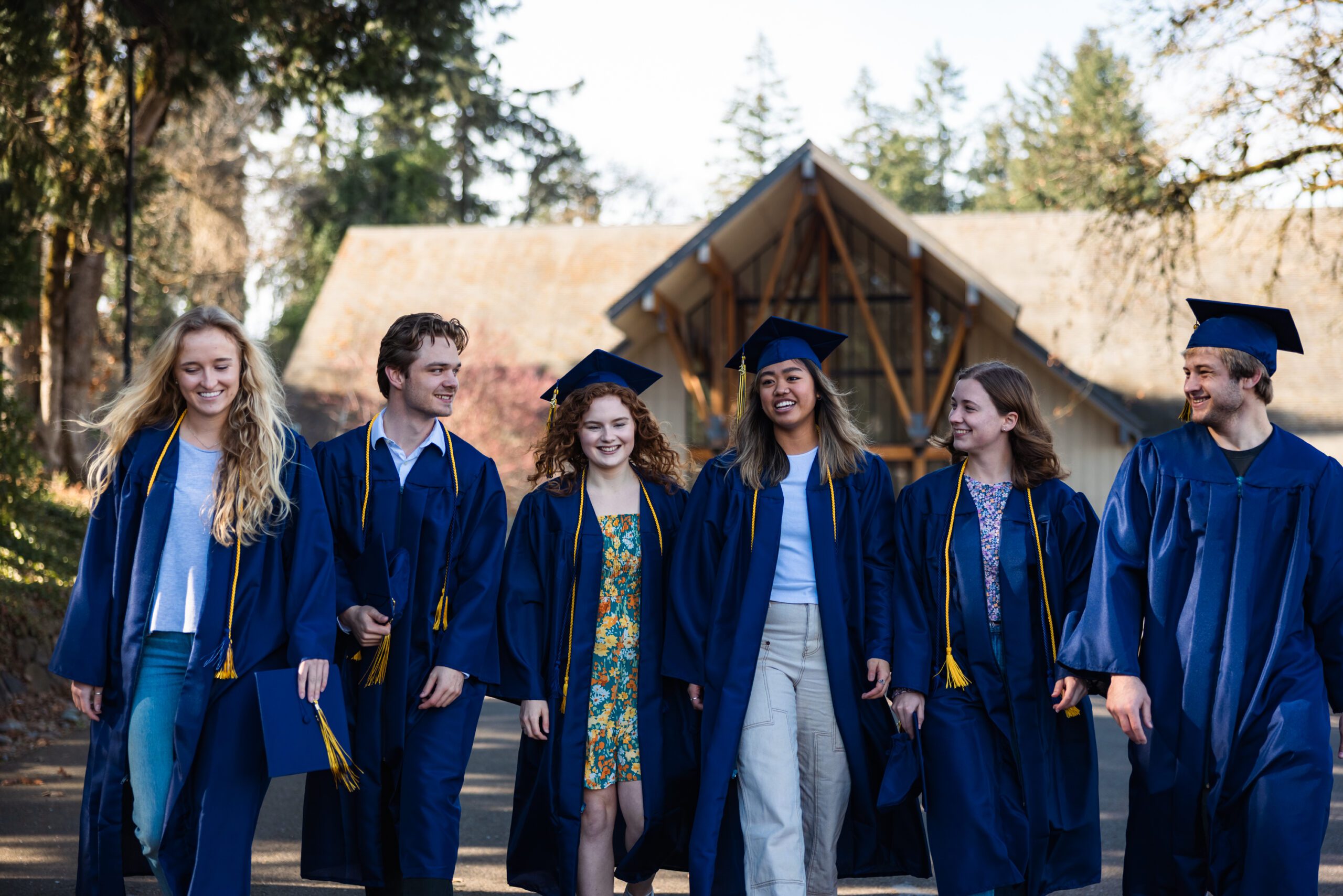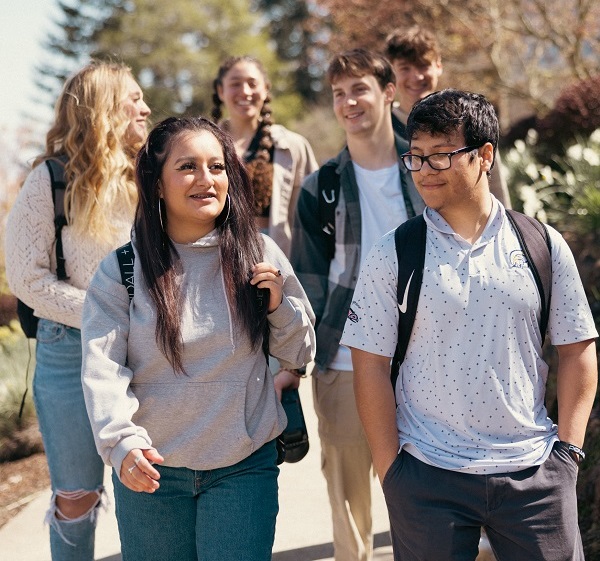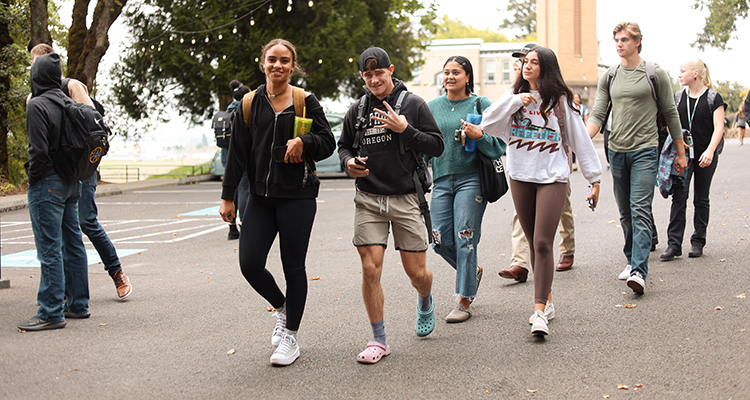Beautiful Proofs: Megan Boes Shares Her Journey to Christ and Passion for Teaching Mathematics
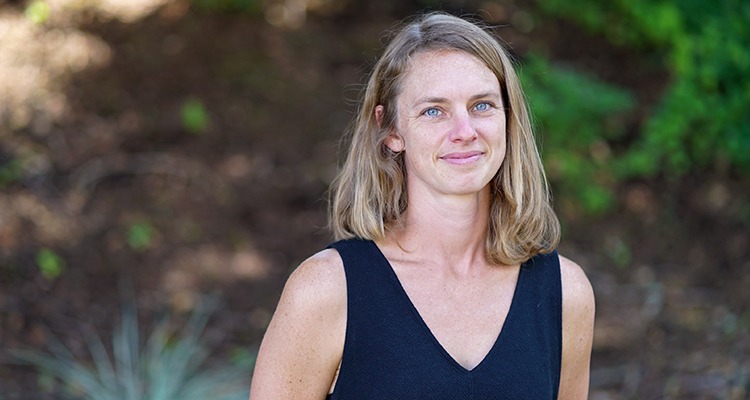
“I view math as a language used to describe and understand our natural world, both tangibly and abstractly. When we follow its logic, we often find ourselves with breathtaking supernatural results. I like to share this logical language lens with students, and watch how they use it.”
Megan Boes, Corban’s new Assistant Professor of Mathematics, grew up believing Jesus didn’t exist. “I didn’t even know Jesus was a historical figure,” she says. From her parents’ beliefs to the public school system, everything in her life had given her the impression that Christianity was based on hearsay.
So when some friends in graduate school began to challenge her views, Megan set out for the university library to prove them wrong.
“But I couldn’t.”
Instead, Megan discovered an overwhelming amount of historical and archeological evidence that suggested the Bible really was a historically reliable document and that the things it described had actually happened.
With every 19th and 20th century discovery she encountered, Megan remembers thinking, “If I’d lived in the time when some of these things were discovered, I would have thought, ‘This is a phony. Give me 100 years, and if it’s verified then, I’ll believe it.’”
Yet here she was, 100 and 200 years after discoveries like the Rosetta Stone and the Hittite ruins, and they hadn’t been proved phonies yet.
A friend finally challenged her, “Short of Jesus standing in front of you, what would make you believe?”
Megan remembers thinking, If Jesus stood in front of me, I would think I was crazy.
In that moment, she realized how firmly she’d shut the door to faith. “That was the start of being open,” she says. From that point on, it was a slow but deliberate journey toward putting her faith in Christ.
Megan began trying different churches on the Syracuse campus and finally found herself at a Baptist church, where she was pleasantly surprised to hear the pastor express his own struggles and doubts. “I didn’t know you could question in the church. I didn’t know you could think.” She was drawn by the idea that she could love God with not only her heart and soul but also her mind, and that logic and reason were not antithetical to faith.
Having set out to prove Christianity false, Megan learned that, for the unbelieving heart, no evidence would be compelling enough. But for the open heart, proof of God’s existence was everywhere.
She recalls the famous mathematician Paul Erdős, who, when he encountered a particularly elegant mathematical proof, would say, “This one is from The Book.” Even though he was ambivalent about God’s existence, Erdős recognized the inherent beauty and design in math and sensed its eternal nature. How much more evident would this design be to the believer.
Megan is excited to teach mathematics at Corban University, hoping to draw her students to the same realizations she’s made—that evidence of a beautiful Designer is everywhere, from abstract laws and principles to concrete patterns manifested even in the trees and the sunflowers.
Megan is particularly fascinated by the area of math called “combinatorics.” “It means the study of counting,” she says. “Say for lunch you could have a hotdog or hamburger, and then for dessert you could have ice cream, brownies or cookies. You could have six different lunch combinations.” It’s a simple example, but the same techniques for counting lunch combinations could be used to calculate the probability of being dealt a pair of 3’s in cards or discovering how many license plate combinations begin with the letter B and end with the number 6. “Those are really fun,” she says. “I think most people are interested in it, too.”
But for some students, math doesn’t elicit wonder and fun as much as fear and dread. Six words have kept them from experiencing the joy of a beautiful proof or delighting in a clean solution: I’m just not good at math.
One of Megan’s passions as a teacher is helping students regain confidence in their abilities. “The thing about math is that it builds and builds and builds. So if you missed one thing—an early-on building block—that stays with you.”
Students might not even know exactly what they’re missing; they only know they’re “not getting it.” Shame and embarrassment can lead students to hide what they don’t know, making it even more difficult for teachers to help them. And if a student has ever been in a class where they were openly berated for not having learned something earlier, they can believe it’s not safe to bring up their own shortcomings.
When asked what the solution is to this seemingly self-perpetuating cycle, Megan immediately replies, “A safe environment.”
Creating the space where students feel safe to ask questions is one of her highest priorities. Although she acknowledges that “the classroom might not be the appropriate place to address all those missing blocks,” she encourages students to take advantage of time outside of class to work with her and investigate where the gaps might be.
“You might realize, ‘I never learned my multiplication tables, and now I can’t do fractions or percents.’” By identifying some of those areas, Megan hopes to help students rebuild their confidence and show them that math, like almost everything else, is a skill that can be practiced and improved, not a fate assigned to you at birth.
With a little confidence-building, students can begin to see what Megan sees in math: the personal satisfaction and divine awe that come from wrestling with a mathematical problem and coming out the other side with a clean solution or a beautiful proof.
Megan earned her bachelor’s in Secondary Education and Mathematics at Bloomberg University and her master’s in Mathematics at Syracuse University. She’s married to her husband Andrew, and they have three boys. Megan is returning to her teaching career after a 10-year hiatus, which she spent raising her children. Together, Megan and her family enjoy outdoor adventures such as skiing, hiking, and biking.
